Thomas Chippendale senior was born in Otley, the small market town in the Yorkshire dales, and was baptised in the parish church there on 5th June 1718. His family had long been involved in the wood-working and timber trades and he probably received a practical apprenticeship from his father. He may well have had further training with Richard Wood, the leading furniture maker in York, before moving to London. In 1748, he married a Catherine Redshaw and in due course they had nine children.
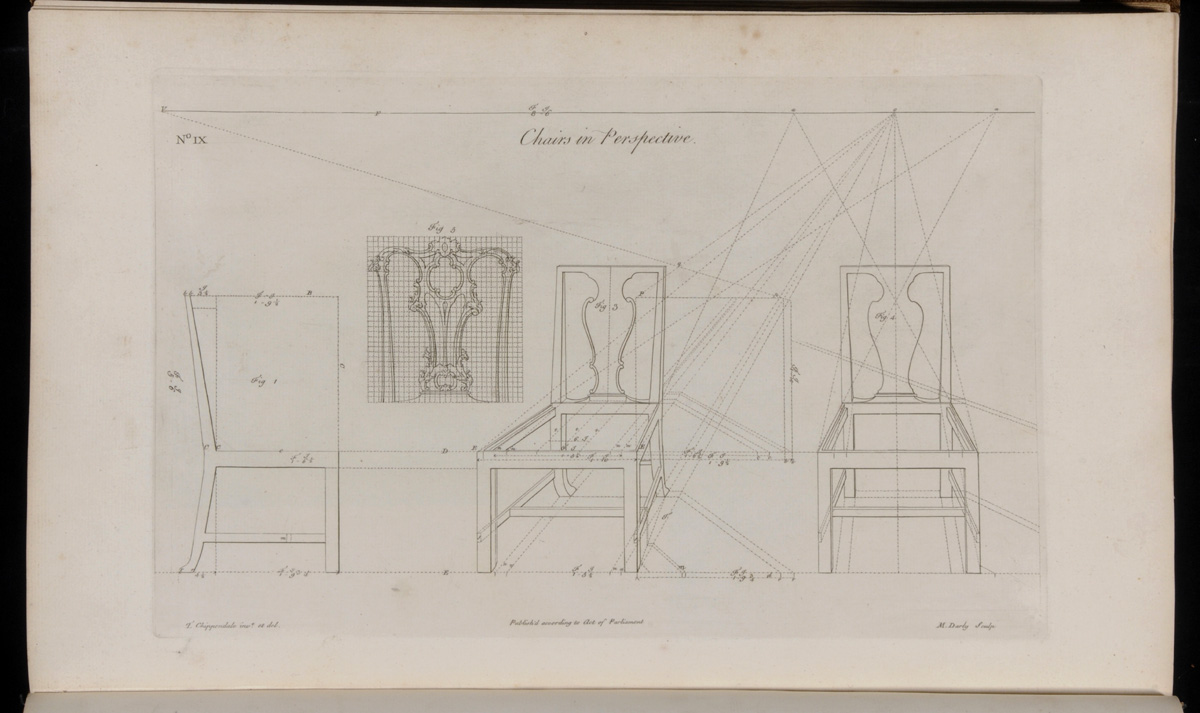
Plate IX, 'Chairs in Perspective', from The Gentleman and Cabinet Maker’s Director, 1754.
The Chippendale Society
Chippendale probably worked as a journeyman cabinet maker and freelance designer before embarking on his great project, the publication of his lavish book The Gentleman and Cabinet Maker’s Director. This appeared in 1754 and illustrated 161 engraved plates of ‘Elegant and Useful Designs of Household Furniture in the Gothic, Chinese and Modern Taste’. It was almost immediately sold out and was reprinted in a second edition the following year. A third edition, with many new plates, appeared in 1762.
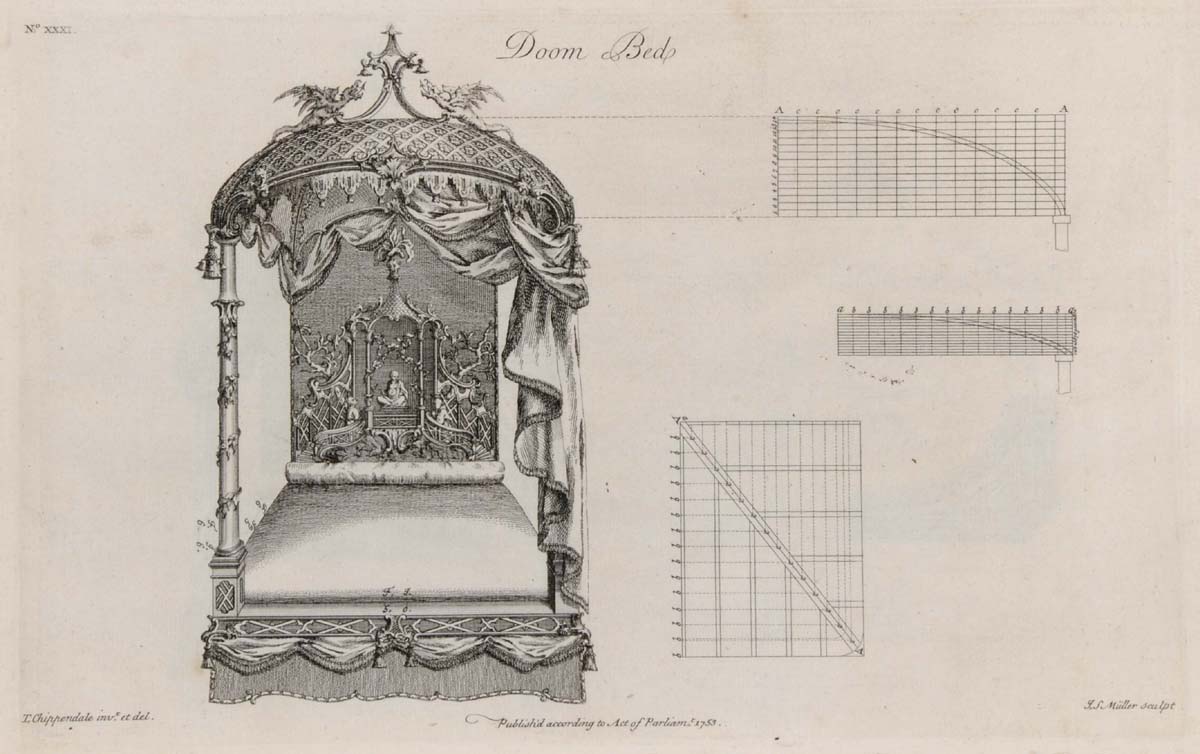
Plate XXXI, 'Doom Bed' from The Gentleman and Cabinet Maker’s Director, 1754. The title of this engraving was corrected to 'Dome Bed' in the 2nd edition of 'The Director'.
The Chippendale Society.
Chippendale’s Director was the first attempt in England to publish a book of designs for furniture as a means of self-promotion. The result was that his business immediately became known to a wide circle of potential clients and for ever afterwards his name became a by-word for a distinctive rococo style.
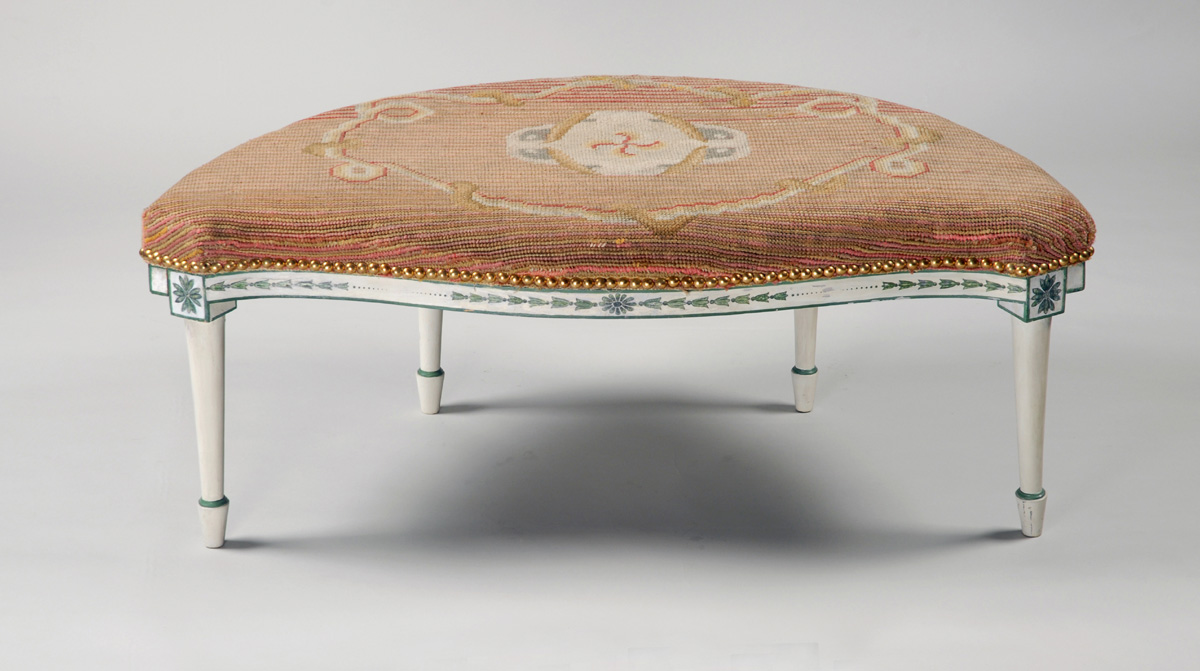
Stool made for the Saloon at Harewood House, 1777. Now on display at Temple Newsam.
The Chippendale Society.
Chippendale described himself as an ‘upholder’ which implied that he was able to supply his clients with furnishings of every kind. In effect, he was an entrepreneur running a large business employing perhaps as many as 50 in-house craftsmen and any number of out-workers. He was the artistic director of the enterprise, supervising the workforce and its production, appeasing clients and always keeping one step ahead of new fashions. Ideally, he preferred long-running commissions to equip large country or town houses from attic to basement, with grand pieces for the reception rooms (including wallpapers and textiles), ‘neat but substantially good’ items for the family rooms, and utilitarian objects for the servants. A number of houses bear witness to this practice to this day, for example Harewood House and Nostell Priory.
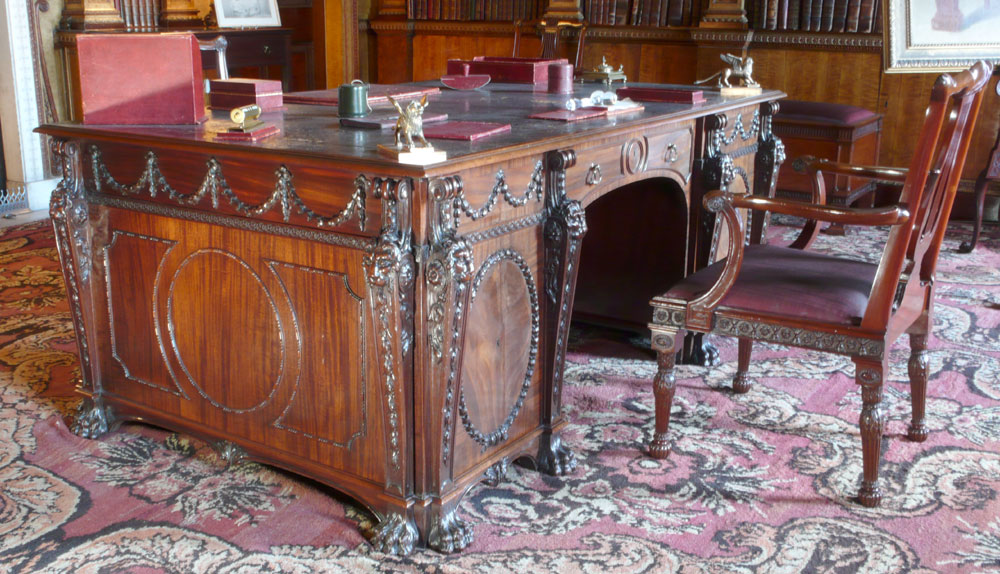 Writing Desk made for the library at Nostell Priory.
Writing Desk made for the library at Nostell Priory.
Copyright National Trust Images/Jonathan Gibson
But Chippendale also supplied ‘off the peg’ items to casual customers; he seems to have had a good line, for example, in elegant hexagonal tea or work tables selling at about four guineas each. He also had an important wholesale business importing large sheets of French mirror glass, by far the most expensive item in any furnishing scheme. He was even prepared to act as an undertaker for valued clients.
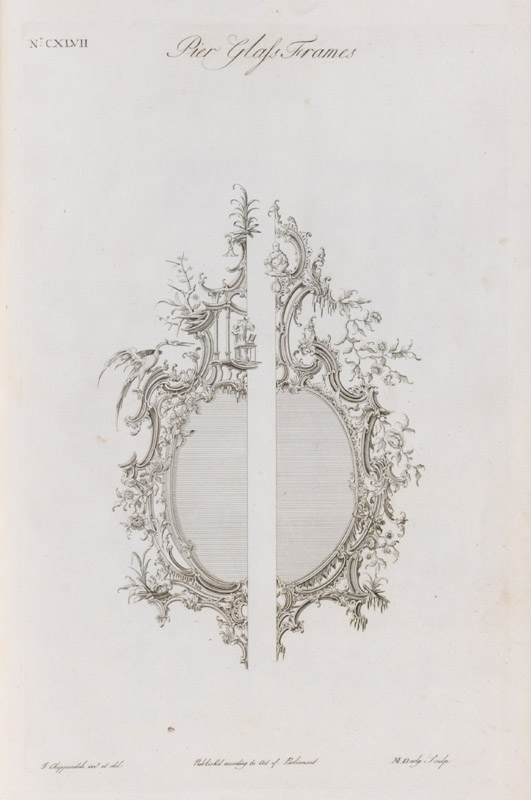
Plate CXLVII, 'Pier Glass Frames' from The Gentleman and
Cabinet Maker’s Director, 1754.
The Chippendale Society
Research to date has identified over seventy of Chippendale’s clients, their patronage being documented in invoices, payments in account books and entries in bank ledgers. About 600 pieces of furniture can be attributed to his workshop on the basis of documentation or convincing stylistic affinities, substantially more than any of his contemporaries or rivals. The development of his style can be traced from the Director-style rococo furniture made for Dumfries House (late 1750s), through the early Adam-inspired pieces for Sir Laurence Dundas (early-mid 1760s), to the mature neo-Classicism of Harewood (early 1770s), leading ultimately to the super-refined elegance of Burton Constable (late 1770s).
By this date, it seems likely that his son, Thomas Chippendale the Younger. was in control of the artistic side of the business. Chippendale senior died in 1778, having re-married the previous year and fathering another two children.
